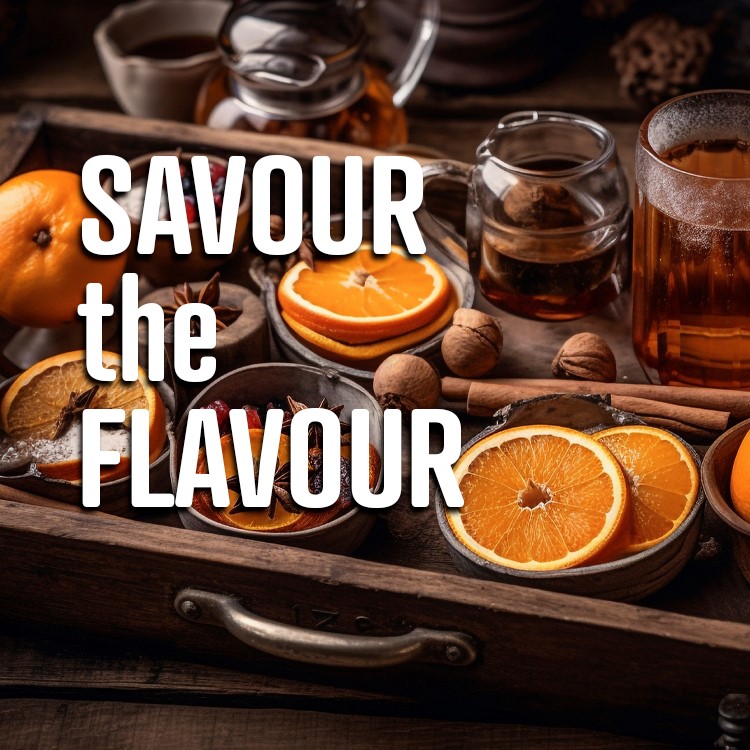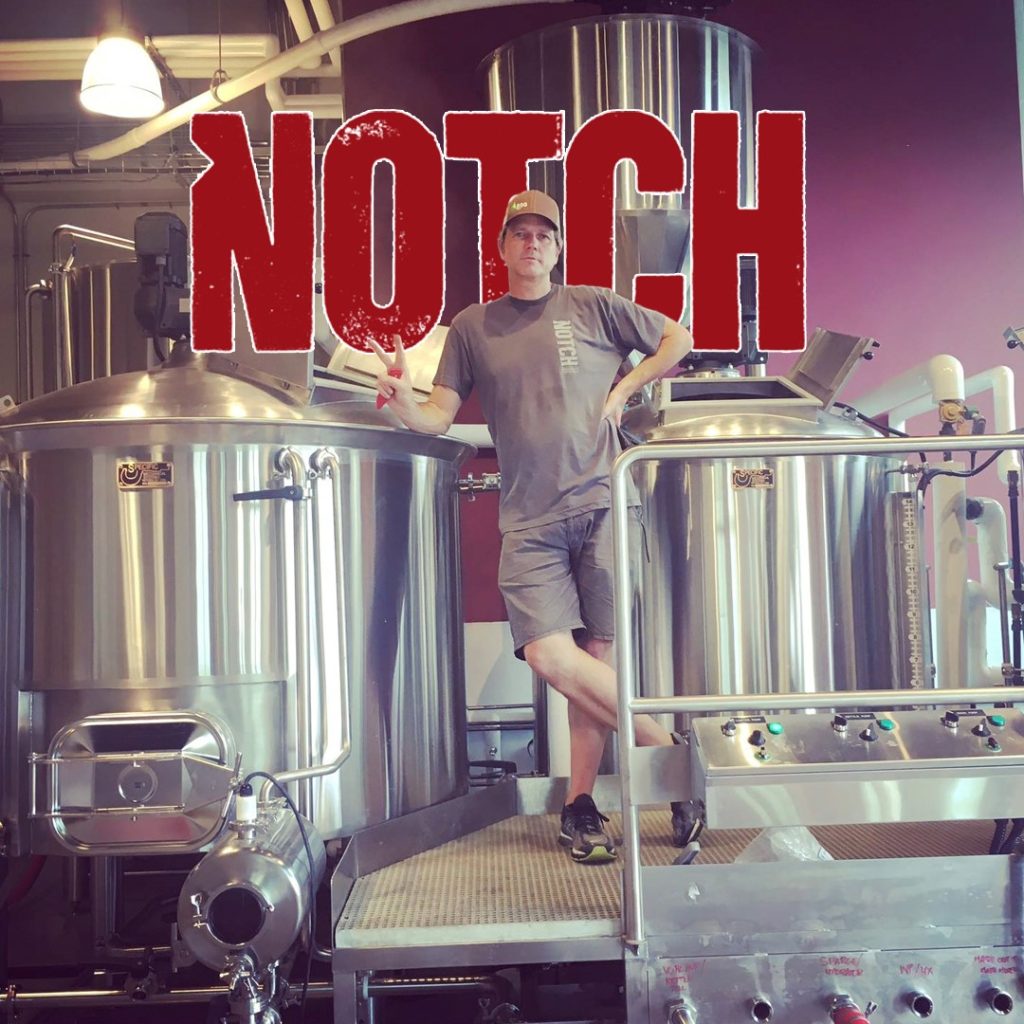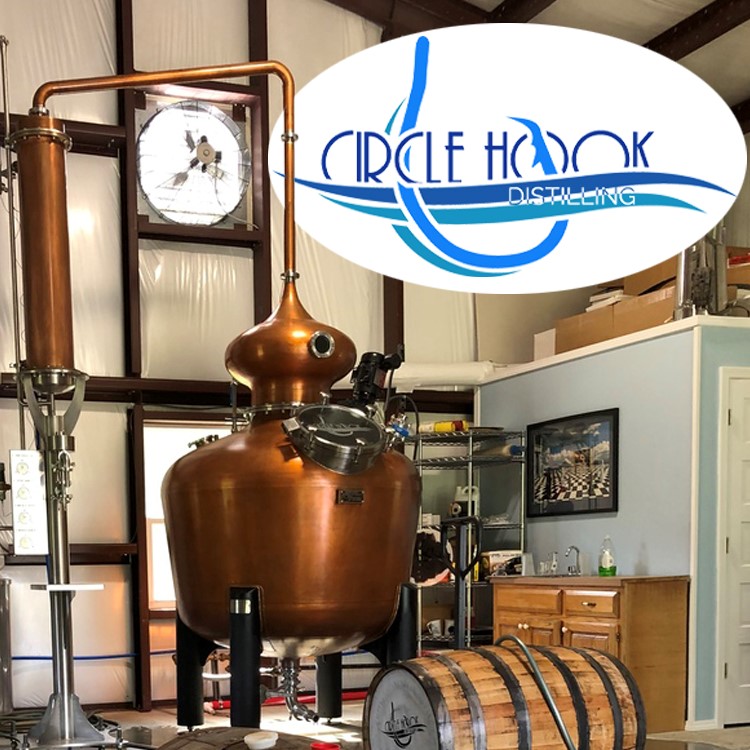Crafting a unique spirit is as much about the flavours you introduce as it is about the base alcohol you distill. The art of flavouring spirits allows distillers to create distinctive, memorable drinks by infusing their creations with a range of flavours, whether through infusion, maceration, or adding botanicals during the distillation process.
Infusion: A Delicate Balance
Infusion is one of the most straightforward methods of adding flavour to spirits. It involves steeping ingredients such as fruits, herbs, or spices in the alcohol for an extended period. The alcohol absorbs the essence of these ingredients, resulting in a flavoured spirit. The key to a successful infusion lies in the balance of flavours—too much of a strong ingredient can overpower the spirit, while too little may leave the flavour flat. Popular infusions include citrus peels in gin, vanilla in rum, and chili peppers in vodka, each bringing a unique twist to the base spirit.
Maceration: Deep, Rich Flavors
Maceration is similar to infusion but involves crushing or chopping the flavouring ingredients before they are added to the alcohol. This process releases more of the ingredients’ natural oils and juices, leading to a deeper, more intense flavour. Maceration is commonly used for creating liqueurs, such as limoncello, where the zest of lemons is macerated in alcohol, resulting in a vibrant, zesty spirit. The technique is also popular for producing rich, dark spirits like spiced rum, where maceration extracts the full flavour from spices such as cinnamon, nutmeg, and cloves.
Botanicals in Distillation: A Harmonious Blend
For some spirits, particularly gin, flavouring occurs during the distillation process itself through the use of botanicals. These are added to the still, either directly in the liquid or suspended above it, allowing the alcohol vapors to pass through the botanicals and absorb their flavours. This method creates a more integrated and harmonious blend of flavours, as the botanicals are distilled together with the spirit. Classic botanicals include juniper berries (a must for gin), coriander, and angelica root, though many distillers experiment with unique ingredients like lavender, cucumber, or rose petals to craft signature flavours.
Conclusion
The art of flavouring spirits is a craft that requires both creativity and precision. Whether through infusion, maceration, or the use of botanicals during distillation, the goal is to create a balanced and nuanced spirit that tells a story through its flavours. By experimenting with different methods and ingredients, distillers can produce a wide range of spirits, each with its own distinct character and charm. So next time you enjoy a flavoured spirit, take a moment to appreciate the art and science that went into its creation.





